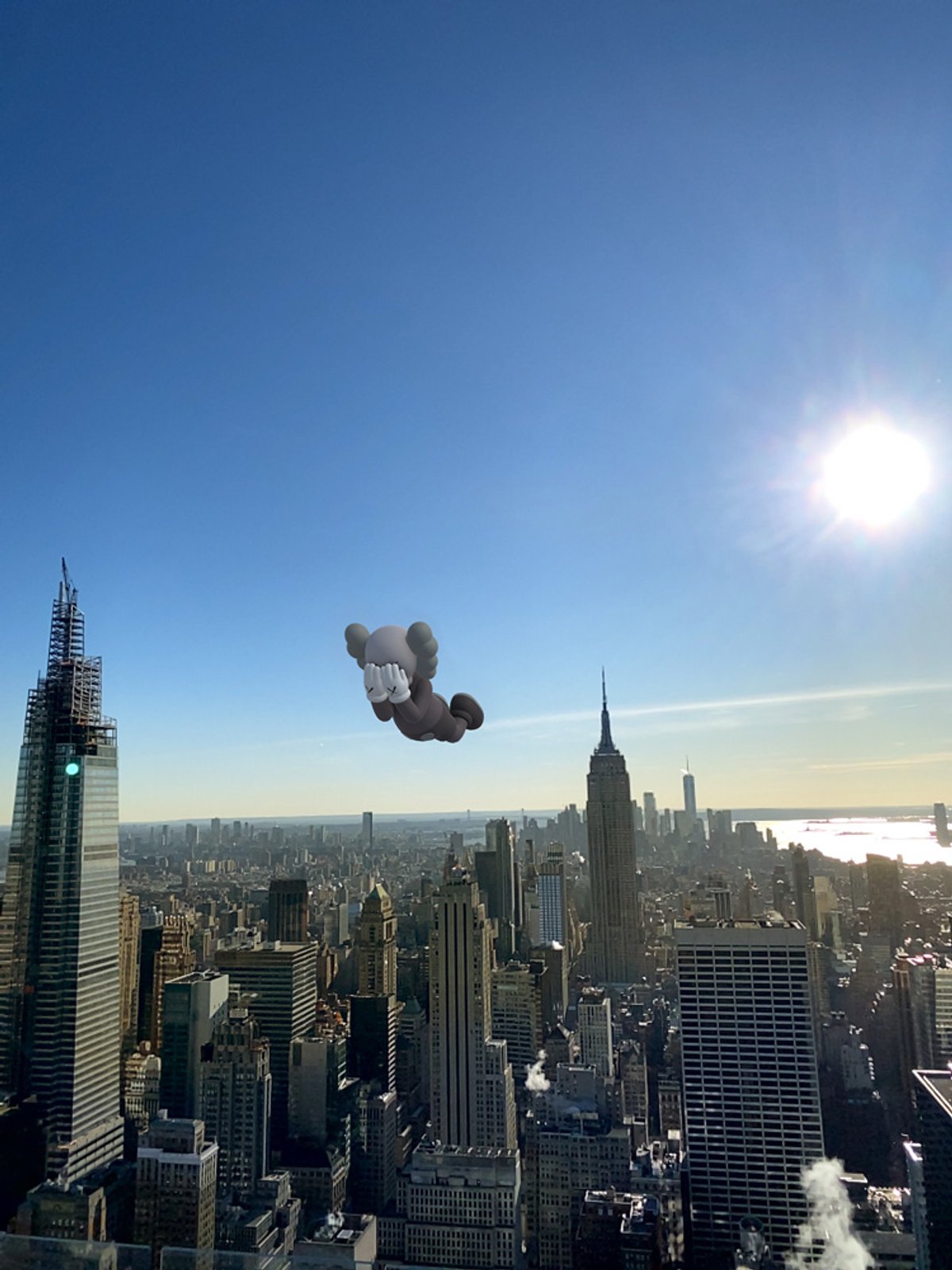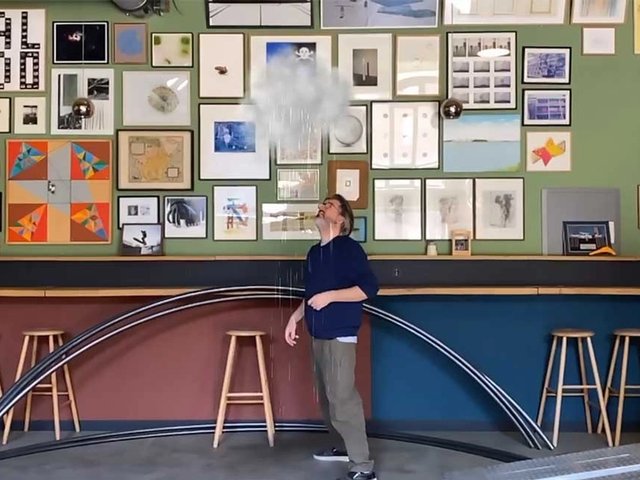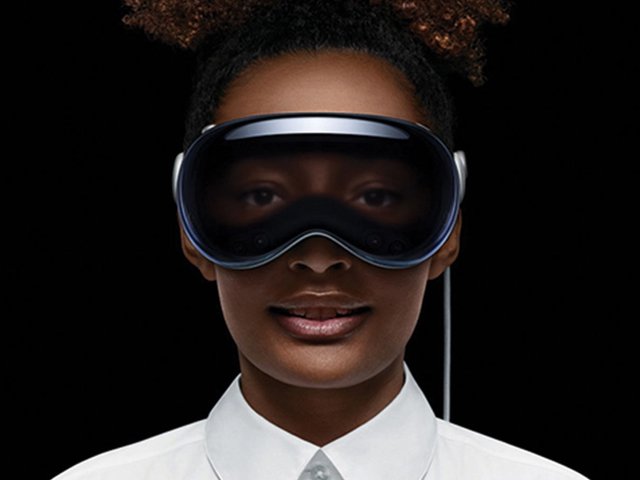Imagine using your mobile phone to discover a series of new artworks from your favourite artist in real-life size from the comfort of your living-room. Or visiting the latest exhibit at your favourite museum, while strolling through a park. Over the past six years this has become closer to being a reality as artists, curators and auctioneers have increased their digital footprint to stay connected with their audiences, a connection that has become vital with social distancing and the closing of venues for events and exhibitions during the Covid-19 pandemic.
Since 2014, there has been a strong resurgence of immersive or extended technologies (XR), from 360 video, allowing users to look around and interact with spherical content; and virtual reality (VR), a 3D environment in which people can walk around and interact with the space and with virtual avatars; to augmented reality (AR), where 3D content is overlaid onto the user’s real-world environment, seen through a headset or a mobile phone.
While the early days of this new wave of XR adoption were mainly driven by the gaming and entertainment industries, artists have been finding new ways of expressing their art through XR, and museums and galleries have been increasingly experimenting with virtual mediums to share content with their audience.
The availability of creative tools has made XR more accessible for artists, from Tilt Brush, a Paint-like tool to create art in three-dimensions, and Quill, to new apps and software that facilitate animating 3D art in real-time by manipulating these objects in physical space.
More functional, wearable XR hardware, such as the Oculus Quest, offers a quality immersive experience with hand-tracking features in an untethered headset, providing a mobile, user-friendly experience. Facebook, the owners of Oculus, recently abandoned their usual secrecy over content sales when they announced that titles made for the Quest had grossed $100m in the last year.
Jeff Koons collaborated with Snapchat, allowing the social media platform to create instant public art installations anywhere in the world, democratising the art exhibit experience. Acute Art, an XR art production company, has recently partnered with Kaws and Olafur Eliasson to provide users with a collection of works from the artists’ studios to be displayed in AR in their own homes.
What is next?
XR’s full potential promises to be revealed once it becomes easier to interact more naturally with this spatial medium, with the use of lightweight eyewear and technologies like voice recognition and hand tracking. All this will be powered by the widespread rollout of 5G connectivity.
It is rumoured that Apple will release AR glasses in the next two years. Such a product from a brand with the track record and reach of Apple promises to revolutionise the way we interact with XR content and bring this medium to the masses.
From there, there are a plethora of use cases. Underpinned by the fact that four tech giants—Google, Facebook, Microsoft, and Apple—are so heavily invested in XR as content and platform.
Artists will be able to curate their own gallery experience, showcase their work and interact with the audience directly. Audiences will be able to personalise their own art exhibits and share them, as user-generated platforms emerge. Curators will be able to offer a variety of virtual galleries. Audiences will be able to participate in virtual art auctions.
New virtual spaces will emerge, where users experience performance pieces, alone or with others. Volumetric capture—3D renditions of a subject—will lead to more virtual recordings, performances and interactions with creators.
Other advances such as artificial intelligence will help to understand the audience’s behaviours and likes, and to create guided virtual tours led by realistic avatars enabling the audience to interact as they would in real life.
It is all a question of degree, of a more and more seamless experience, and more intuitive navigation as increased download speed and genuinely wearable technology promise to make living with XR a more intuitive process.
For the past five years, people working in the XR industry have been waiting impatiently for the “killer app” that takes the medium from a nice-to-have platform to a daily experience, taken for granted across the globe. It may be that changes enforced by a global pandemic prove to be the “app” that makes that quantum change in how the art world, and other industries, deliver a truly revolutionary platform, and business model, for experiencing the world and the content that their users most care about.





